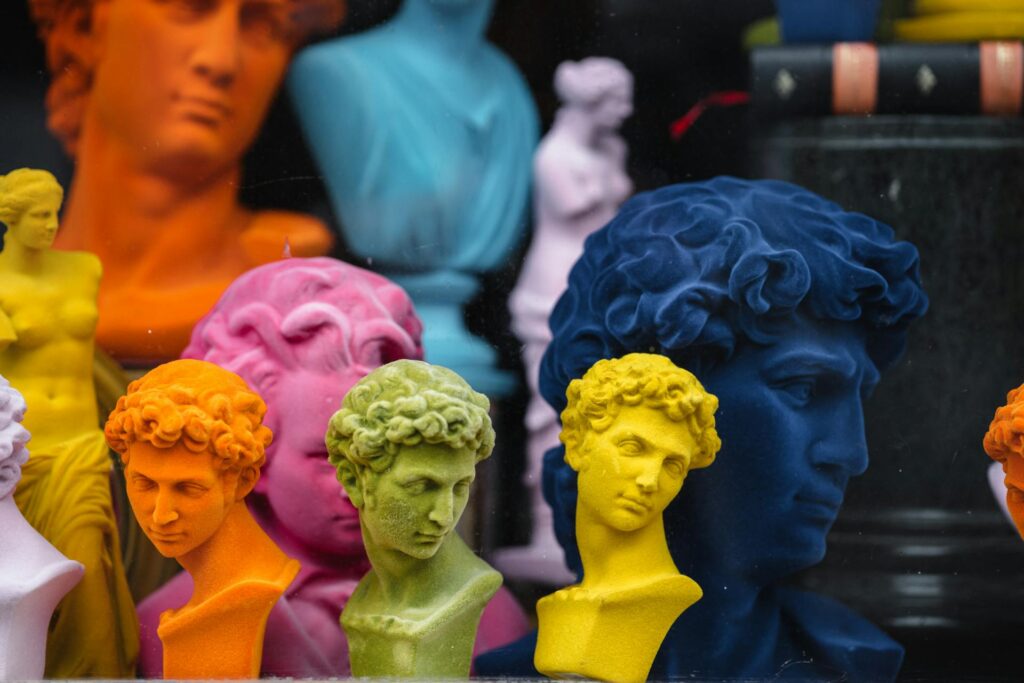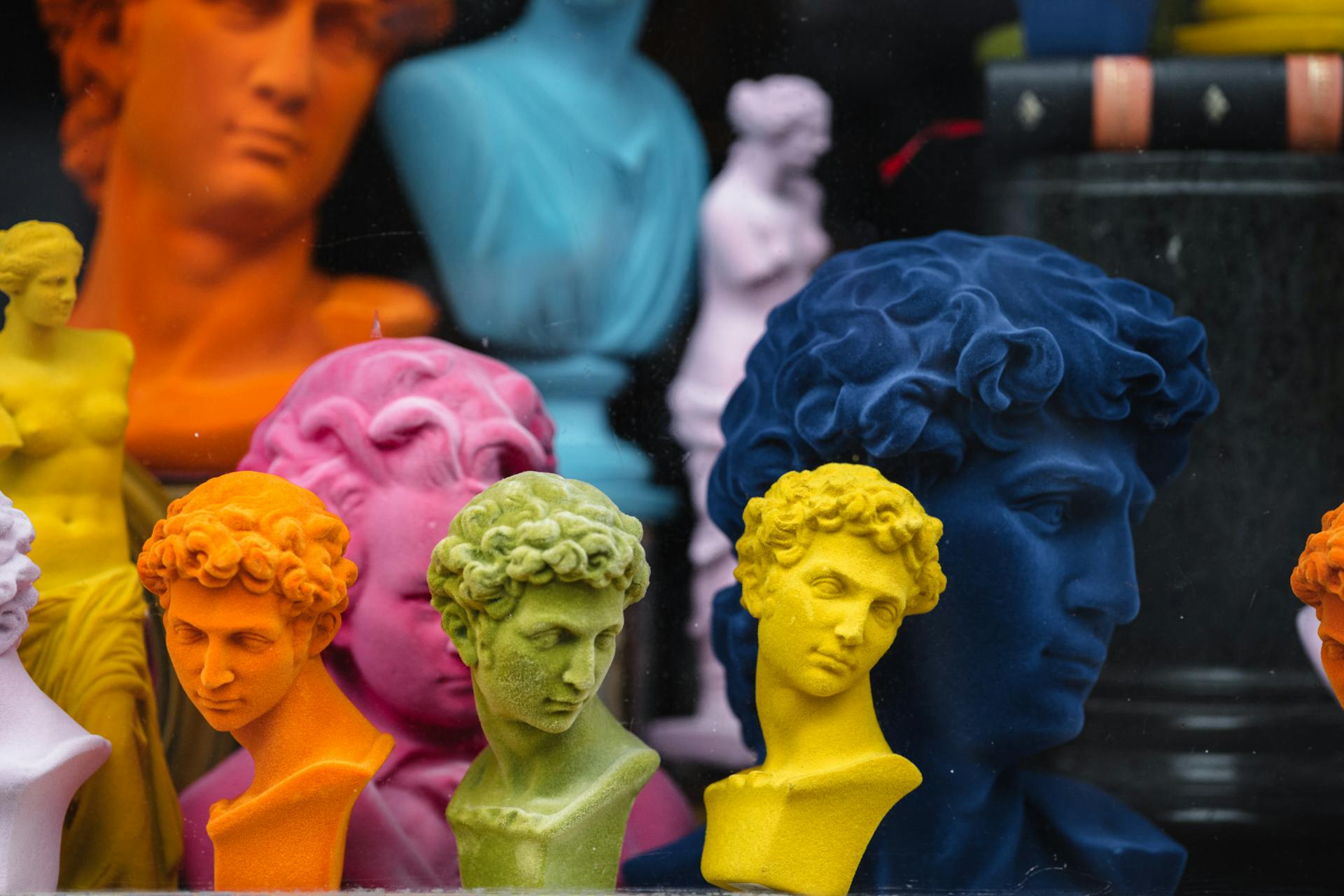
It’s no secret that creatives are always drawn to what’s around them for inspiration. Whether it’s the video you see on TikTok, the meme you find on Twitter, or a snippet from a film that influences your next video, you can never run out of inspiration on the web. But here’s the thing we can’t ignore: copyright. At the same time, though, it can be confusing to keep up with the rules and jargon.
I want to cut through the noise and explain what you really need to know. You won’t find any legal speak here, and no redundant terminology– just the essentials to help you create successfully.
Copyright: It’s About Ownership, Plain and Simple
In a nutshell, copyright protects original works. To put it another way, your videos, your illustrations, your music, even a blog post, automatically get tagged as “this belongs to me”.
What’s more, you don’t need to register it, file anything, or hire a lawyer. The reason? When you make it, it’s yours. As such, you get to decide who can use it, how they can use it, and whether they can make money from it.
In other words, if you upload a video you shot and edited, that content is yours. If someone rips it and reposts it without your permission, they’re crossing a line. So, you have every right to push back, of course.
Why This Actually Matters (And Not Just in Theory)
We creators wear two hats: we are both makers and consumers. On the one hand, you want people to respect your work. But, on the other hand, you might also want to remix, reference, or build on existing works.
Here’s the problem, though. If you’re not careful, copyright rules can bite you. Song snippets can kill your monetization. Borrowing an image can lead to a takedown. And yeah, in some extreme cases, people get sued.
By understanding how this works, you can avoid unnecessary mess and work smarter.
What’s Off-Limits (And What Might Surprise You)
Here’s where people get tripped up: Just because something is online doesn’t mean it’s free to use.
- You know that eye-catching Instagram photo? Copyrighted.
- A GIF of a movie scene you found on Google Images? Copyrighted.
- That viral remix playing under 100k Reels? Still copyrighted.
Now, this doesn’t mean you are not allowed to use other content. Instead, you have two options: obtain permission or fall under fair use. So, let’s break both down.
Getting the Green Light: Licenses and Permissions
There are times when creators don’t mind others using their work as long as it’s under the right conditions. That’s where licenses come in. A license is basically an agreement that says, “Here’s what you can do with my stuff.”
Most likely, you’ll encounter:
- Creative Commons. Licenses are free, but there are conditions. In some cases, you must credit the creator. However, some say no commercial use. Make sure you double-check the terms before purchasing.
- Royalty-Free. If you follow their guidelines, you can use the content in certain ways for a one-time fee (or not at all).
- Public Domain. It has no copyright, so anyone can use it. This is perfect for old books, historical footage, or expired works.
Bottom line: When you are unsure, don’t guess. If the license information isn’t there, contact the creator directly. You could save yourself a takedown if you send a DM.
Fair Use: The Gray Area with Rules
If certain criteria are met, fair use allows some use of copyrighted material without permission. It can be used for things like criticism, commentary, teaching, or news reporting.
Here are some real-world examples:
- Reaction videos with commentary or critique
- Parodies or remixes that transform the original meaning
- Educational content that uses a short clip or image to explain a concept
The catch? There is no free pass when it comes to fair use. When it comes down to it, a judge determines whether your use is “fair.”
Among the questions they would ask were:
- Are you adding something new to the original?
- Did you use more than you needed?
- Could your content hurt the original creator’s profits?
Is your video just a reupload with minor edits? I would say that’s not fair use. Are you remixing, analyzing, or creating something genuinely new? I think you have a stronger case.
What This Looks Like in Practice
Here are a few common situations creators face:
YouTube Reaction Video
For example, you’re reacting to a short film. As such, your video includes brief clips, commentary, and interpretation of the story and visuals.
Since you are adding new meaning and criticism to the original content, this could be considered fair use. However, make sure you don’t use long, uninterrupted chunks without commentary.
TikTok Dance Reel with a Popular Song
You upload a dance video without editing the audio using a current hit.
Unless TikTok has licensed that song, this is likely a copyright violation. In any case, the license might not apply in all countries or circumstances, which makes it a risky proposition.
Blog Post About a Famous Painting
To illustrate your points, you include an image that illustrates a well-known painting’s composition.
When used in the context of education or critical analysis, this can qualify as fair use.
Reposting Digital Art You Found Online
On Instagram, you share a work by an artist, giving credit in the caption.
Unless you have explicit permission, this is still copyright infringement. It’s good to give credit, but that doesn’t substitute for permission.
Protecting Your Own Work
On the flip side, your content deserves the same protection. You can keep it safe by”
- Add a copyright notice to your work, such as “© 2025 YourName. All rights reserved.”
- Make sure you keep track of when you created and posted your content.
- You may want to register important works with the copyright office in your country (optional but helpful in case legal issues come up).
What if someone uses your work without your permission?
- Message them first – sometimes it’s an honest mistake.
- Report it to the platform (most have DMCA tools) if that doesn’t work.
- If you have a serious case, you should speak with a lawyer who specializes in digital content or copyright.
Smart Habits to Stay Out of Trouble
- Just because something is online doesn’t mean that it’s free.
- It’s polite to give credit, but it’s not a substitute for a license.
- Ensure that the music, images, and footage you are using are royalty-free by using a trusted site. Some examples would be Pexels, Unsplash, Pixabay, Artlist, or Epidemic Sound.
- Take it a step further and transform, remix, and add your own voice. In addition to being safer, that’s what makes your content stand out.
Wrapping It Up: Know the Rules, Protect Your Work, Respect Others
In order to create great content, a content creator needs to know about copyright and fair use. By understanding their workings, you will have fewer unnecessary issues, will remain in control of your own work, and will be able to collaborate more confidently.
You’re not expected to be a lawyer. However, you must take responsibility for the work you borrow, remix, or build and stand up for your own content when needed.

Leave a Reply
You must be logged in to post a comment.